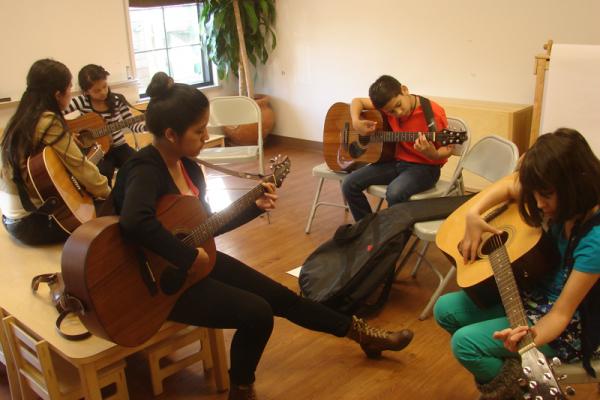Aug 27, 2015
Dynamic, charismatic-style worship is a defining feature of Hispanic churches from evangelical to mainline to Catholic, and across the U.S. they are opening their own in-house music schools to train young people to lead them.
Where English-speaking music ministers might earn postsecondary degrees in worship arts or sacred music at more than 50 Christian colleges, Hispanic congregations are following in the footsteps of Pentecostal churches by raising up music and worship ministers from within, even if they can’t fret a guitar string.
Read the Full Article

Already a subscriber? Login
